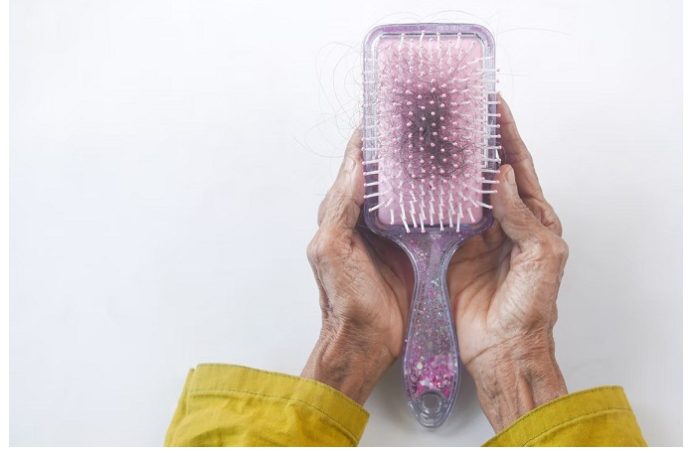At this point, this particular scene is so common it has become a cliche…
You wake up one morning and, as you refresh yourself, you spot a heart-stopping site…Your hair has started falling out! And for no apparent reason!
Luckily for you though, we live in the 21st century, a time where hair loss is no longer necessarily something to resign oneself to. Even more lucky for you is the range of medical, dietary, and lifestyle-related options that can aid your bid to reclaim your locks!
Common Hair Loss Treatments
Let’s start by looking at the more common solutions for this issue, which is commonly associated with the notorious illness that is alopecia.
Commercial Pharmaceuticals
While hair transplants are an increasing trend, they are a bit on the pricey end for most people. As a result, most regular folks faced with hair loss tend to seek other avenues for a solution. The pharmaceutical industry is one such avenue, with more and more companies wading into the hair loss market.
At present, one of the more popular solutions is the over-the-counter drug minoxidil (more commonly known as “Rogaine”), which comes in either pill form or as a topical liquid. Minoxidil, which can also be used to deal with hypertension, is arguably the main drug used by both men and women to combat alopecia.
You also have Finasteride, a prescription-only pill that is known to produce satisfactory results. For the best results, this drug requires consistent doses (usually one pill a day) for prolonged periods. Finasteride users have to be patient because it can take north of 90 days for any noticeable changes.
Transplant
Arguably the most buzzworthy solution to hair-related issues thanks to popularization by celebrities, the transplant is all the rage these days, and for good reason. But what are they all about?
Well, a hair transplant can either be in the form of follicular unit transplantation (FUT) or a follicular unit extraction (FUE), both of which involve the introduction of hair-producing follicles to balding spots. The major difference is that the latter does not require the patient to undergo surgical follicular removal, which gives it a much shorter recovery period than the former. There are many that often wonder if a hair transplant is a painful process. It’s important for you to do your research and also consult with your doctor so they can put you at ease. But the short answer is that there will be discomfort, but it is just the usual pain expected from any invasive procedure, even if your pain threshold is low, you can still manage.
Dietary and Lifestyle Solutions
Your lifestyle and diet can (and usually do) have a direct impact on the health of your hair.
Smoking, for example, has been noted as a silent killer of hair follicles. So, if you do, you might want to take a break from lighting up.
Some shampoos, ironically, can also do MUCH more harm than good. You should be very careful when picking out a brand of shampoo, as some sulfate-based products can cause severe scalp irritation, which can then lead to hair thinning and balding.
Other lifestyle tips to combat hair loss include regular scalp massages and minimization of stress.
As for what you eat, be sure to take in foods that are rich in iron, omega-3 fatty acids, proteins, and vitamins like biotin. Biotin is found in all kinds of foods including egg yolk, cauliflower, whole grains, organ meats, nuts, and many more.
Thanks to the above solutions, hair loss is no longer the “death sentence” it used to be just a few decades ago. Nowadays you can employ one or a combination of these (and many other) solutions to save your beloved hair. What’s even more exciting is that science continues to discover more and more potential solutions, giving, even more, hope to what was once a hopeless situation.
Of course, consulting your doctor is always a wise move before you take the plunge.


























